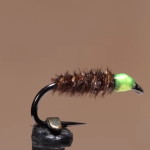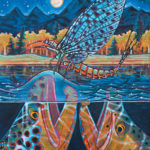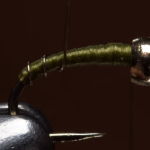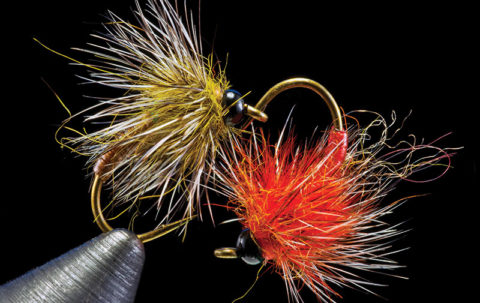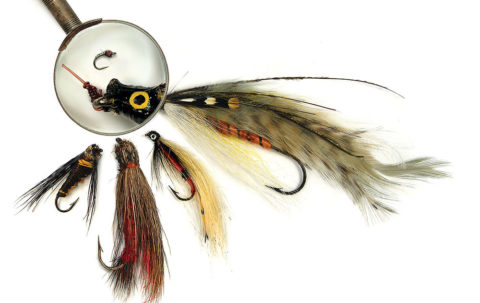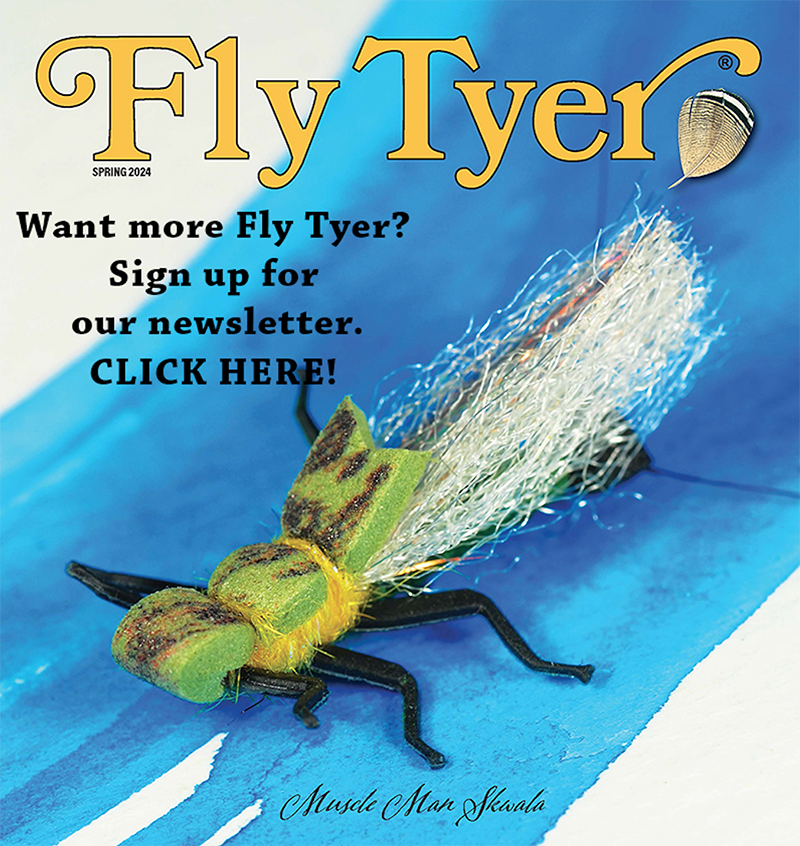Everything you need to know to catch one of North America’s strongest game fish.
by Pete Elkins
It began in 1941 when a dam was built on the tidal Cooper River near Pinopolis, South Carolina. The dam created Lake Moultrie, the lower of the twin impoundments comprised by the Santee–Cooper reservoir, and trapped thousands of anadromous striped bass swimming in the Cooper and Santee Rivers.
Within a decade, those trapped stripers evolved into a landlocked variant, creating a powerful, exciting new fishery. Today, more than 30 states have healthy sweetwater striper populations in both lakes and rivers. All of today’s inland striper programs descend from a Santee–Cooper genesis. Thanks to innovative fisheries biologists, hybrid crosses between female stripers and male white bass, a species more tolerant of warmer water, complement pure striper populations in many states.
Freshwater stripers may be the “almost” perfect fly rod fish. Why the qualifier? A famous saltwater fly angler once said that tarpon would be the perfect fly rod fish if they would only roar when they jumped. If stripers jumped, they would undeniably be the perfect inland fly rod target. They may not leap like tarpon, but they are eating machines—and they like flies.
What They Eat in Lakes and Rivers
Shad—primarily threadfin shad (Dorosoma petenense) and gizzard shad (Dorosoma cepedianum)—support most freshwater striped bass populations in both lakes and rivers. Fly anglers intent on matching the hatch focus on the size and color of these soft-rayed forage species. Unlike saltwater fly anglers concerned with an extensive forage buffet replete with sand eels, menhaden, crabs, shrimps, silversides, mullets, and many more, a freshwater striper fan packs a relatively simple fly box. Sure, some non-shad forage can be locally important. Blueback herrings are high on the striper menu in some Southeastern waters like Georgia’s Lake Lanier and the venerable Santee-Cooper system, but a well-presented fly imitating threadfin or gizzard shad will usually seal the deal anywhere in fresh water. My favorite striper flies rely upon that fact.

BUSH PIG
Originally designed in Australia for catching barramundi and other muscular creatures from the Land of Oz, the Bush Pig has become my go-to striper fly for clear still and moving water. Tied full, this pattern comes alive on the retrieve. The material called DNA creates a flash and sinuous movement that stripers can’t resist. Out of the water, a wet Bush Pig sleeks down to make casting easy, and it then blooms back into lifelike forage under the water. I’ve added a hot pink Fluoro Fibre throat that draws more strikes. DNA Holo Fusion is packaged in eight-inch-long strands, perfect for tying both threadfin and larger gizzard shad patterns as well as blueback herring clones. I like fishing the Bush Pig using a 300- or 350-grain integrated shooting head.
HOOK: Gamakatsu SL12S, size 2/0.
THREAD: Fine monofi lament.
TAIL: White DNA Holo Fusion.
BODY: White DNA Holo Fusion topped with pink DNA Holo Fusion.
WING: Silver gray DNA Holo Fusion.
THROAT: Hot pink Fluoro Fibre.
EYES: 5/16-inch 3-D eyes.
Exceptions, other than blueback herrings, are rare and interesting. More common variations on the shad theme include an occasional alewife or skipjack herring, especially in the Tennessee River impoundments of the Southeast. Even there, however, threadfin and gizzard shad dominate the striper forage scene. Tying flies to imitate blueback herrings and other members of the Clupeidae family, including threadfin and gizzard shad, requires attention to size and color. The size of the pattern may be more important than its color.
If the fish ignore all your flies, chances are that they’re selectively feeding on small forage. Many moons ago, while I was fly fishing for surface-feeding stripers on Virginia’s Smith Mountain Lake, repeated casts with a size 2/0 green and white Deceiver produced nothing but frustration. A closer look at the forage being pushed to the surface by the blitzing bass revealed newly hatched threadfin shad measuring less than two inches long. Nothing in my striper box was even close. That night, I tied up some tiny editions of Joe Brooks’s Blonde with a green-over-white wing, and the next day the stripers gulped those flies. Size is indeed important, and it’s usually a case of smaller being better.
After that long-ago experience, my favorite striper fly box always contains a fly designed to satisfy striper bass and hybrids fixated on Lilliputian forage. That feeding pattern seems more common in lakes than in rivers or streams. Threadfins spawn both in the spring and at intervals throughout the summer and into early fall, producing massive schools of tiny offspring. Since peak surface action for freshwater stripers occurs in fall and early winter, it’s important to remember that stripers may be keying on newly hatched or young threadfin shad. Henry Cowen’s Somethin’ Else is the perfect solution to the tiny-forage puzzle, and his diminutive fly has displaced my little antique Blonde patterns.
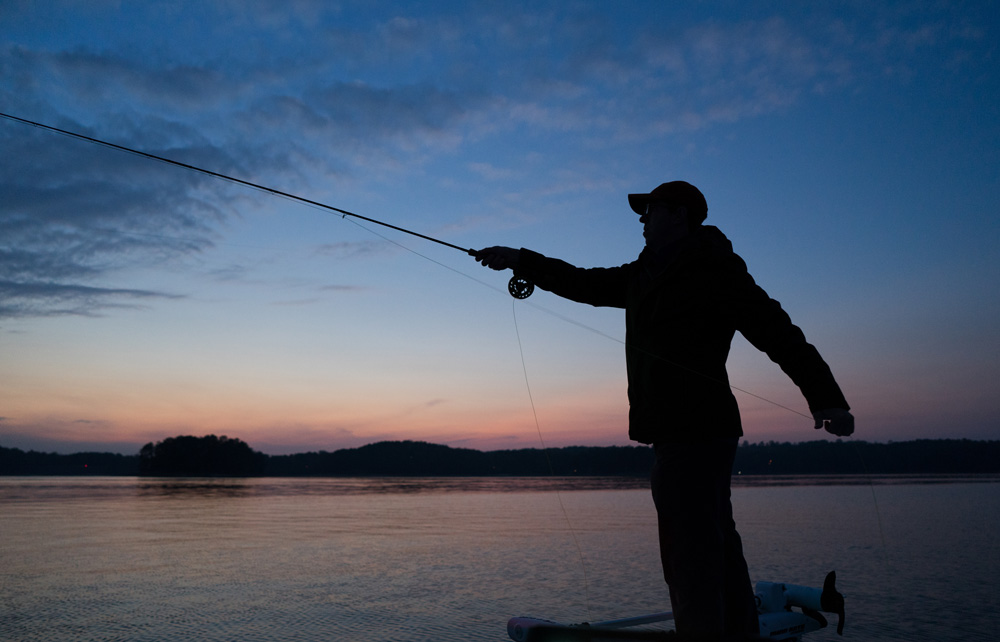
Sometimes Bigger Is Better
Although less common, a striper’s size preference occasionally veers toward the “bigger is better” syndrome. This usually happens when the fish are fixated on gizzard shad or blueback herrings, both of which can exceed 10 or 12 inches long. Savvy anglers reach for Whistlers, Flashtail Clousers, or other bulky flies tied with some bluish green or bluish gray along the dorsal to match gizzards or bluebacks respectively. Synthetic materials excel for big flies destined for long casts. Good synthetics like Steve Farrar’s Flash Blend or O.P.L.’s DNA Holo-Fushion don’t absorb water yet tend to “bloom” into seductive life in the water. My favorite big-fly pattern is a DNA-based Bush Pig, which with size and color modifications matches everything from threadfins to bluebacks.
Size and color, while important, don’t always cover the striper waterfront. Sink rate and silhouette help determine a fly’s effectiveness in various feeding scenarios; simply adding lead wire or dumbbell eyes may not be the best solution. For example, when water temperatures drop below 50 degrees, both stripers and hybrids often suspend along channel edges. A heavily weighted Whistler or Flashtail Clouser Minnow may not be as productive as a non-weighted Bush Pig presented with a short leader and sinking line. The Bush Pig will hover a foot or so above the bottom, often drawing strikes from inactive fish that would have ignored a fly bombing to the bottom. The sink rate can be so important that I tie my favorite Flashtail Whistlers in three weights, marking each weight with a different color of thread head: red for bead-chain eyes only, fluorescent pink for six wraps of .030-inch wire; and chartreuse for 10 wraps of wire. Matching a correctly weighted fly with the correct line creates a relatively precise depth presentation to feeding stripers.

FLASHTAIL CLOUSER
Bob Clouser’s famous fly has to be included in any top-10 list of striper patterns. Like many great flies, the Clouser Minnow is a basis for innovative modifications; striper-fishing guru Dan Blanton’s Flashtail Whistler, an outgrowth of the original Whistler, is a wonderful example . I rarely use Clousers in still waters, but I do in moving waters, especially in tailrace areas during spring spawning migrations. They cut through heavy currents to reach stripers holding in rock-formed eddies and seams. Weight is easily modified when selecting dumbbell eyes and materials. Many productive rocky tailraces are relatively shallow, making line choice critical. Sometimes the most effective setup is a floating running line with a very short fast-sinking tip. This will allow you to mend line to keep the fly close to the bottom without the excessive line belly common with longer sinking tip or intermediate running lines.
HOOK: Targus 9413 or TFS 5444 60-degree bent-shank jig hook, size 2/0.
THREAD: White Danville Flymaster Plus and red Flymaster Plus.
EYES: Spirit River Real Eyes Plus, 7/32-inch, nickel/yellow.
FLASH TAIL: Silver and pearl Flashabou.
TAIL: White bucktail and white Slinky Flash.
SIDE FLASH: Silver and pearl Flashabou.
BELLY: White bucktail and white Slinky Flash.
WING: White bucktail, white Slinky Flash, chartreuse Slinky Flash, and chartreuse bucktail.
TOPPING: Light blue Krystal Flash
Fly shape and density are also important. A Whistler, for example, “pushes” water and draws strikes in stained conditions where a more translucent Sheep Shad might be ignored. Conversely, a Whistler may not be the best choice when stripers are feeding in crystalline water; a Sheep Shad or sparsely tied Deceiver could be the ticket here.

